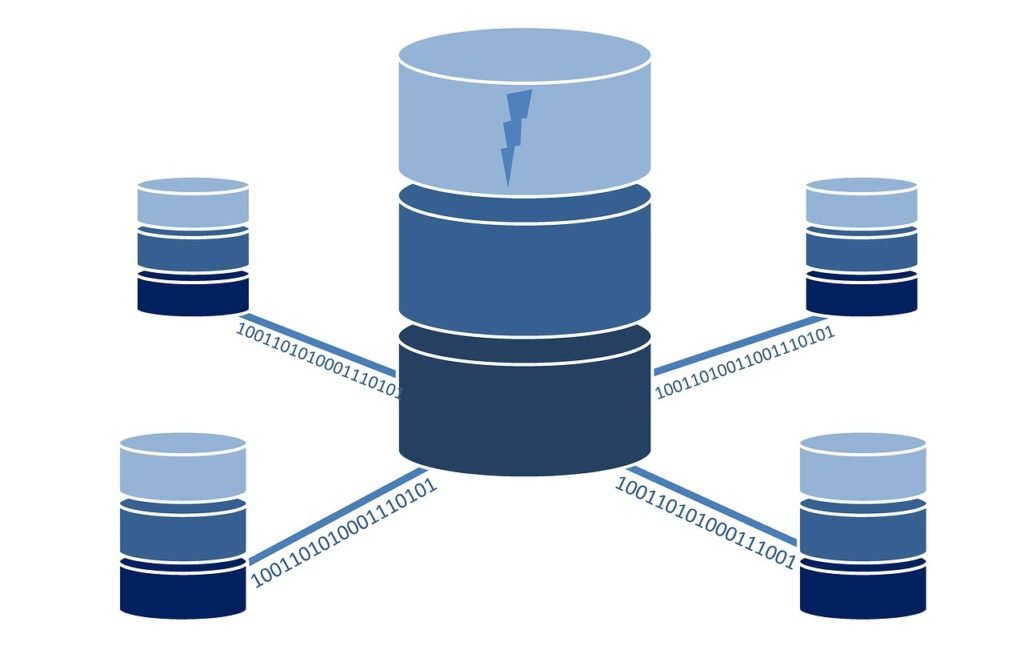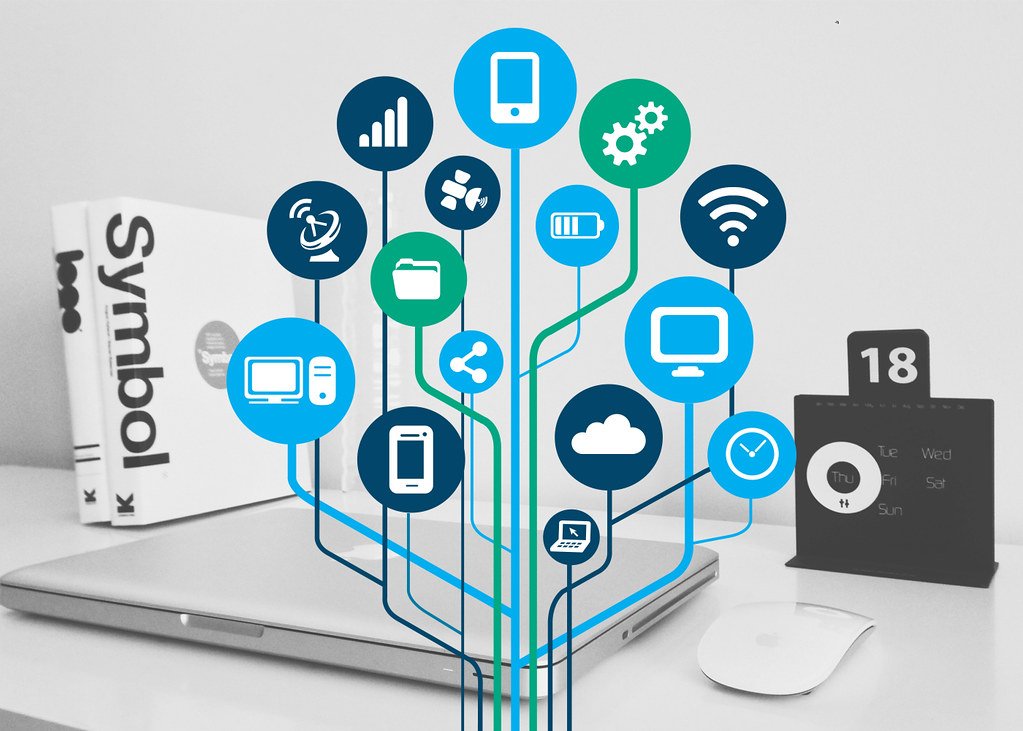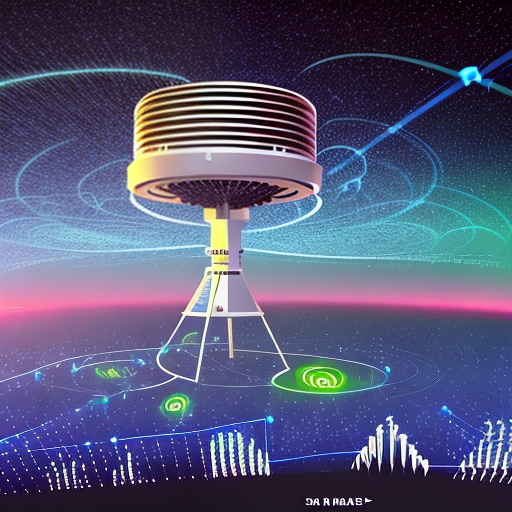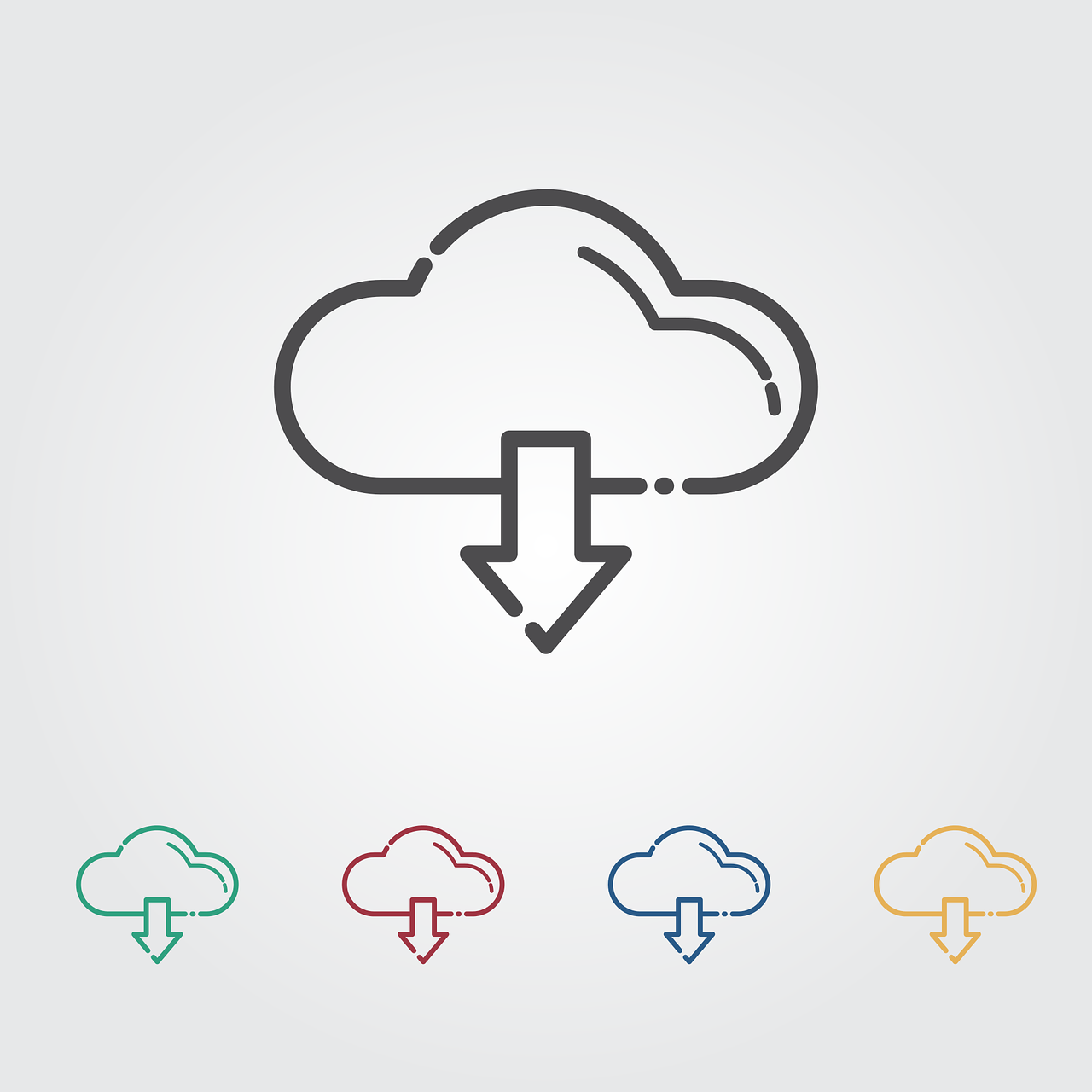I. Introduction to Design Patterns for Optimal Cloud Security
Design Patterns for Optimal Cloud Security. Cloud security is a growing concern for businesses of all sizes. The rise of sophisticated cybercrime has made it clear that cloud-based applications and data storage are prime targets. In this article, we’ll explore five design patterns that can help make your cloud applications more secure.
1. The Proxy Pattern
The proxy pattern is the simplest and most common way to protect your data from unauthorized access. It works by creating an intermediary object that represents the actual data object. This proxy object then acts as a barrier between the user and the real data.
2. The Authentication Protocol Pattern
Authentication protocols help ensure that only authorized users can access your systems and data. They provide a way to validate a user’s identity before granting them access to your system or data. There are many authentication protocols available, but two of the most popular are BASIC and Kerberos.
3. The Access Control List Pattern
Access control lists (ACLs) are a powerful tool for controlling who can access your systems and data. ACLs allow you to specify which users or groups have access to which resources. ACLs can be implemented using either native Windows Server features or third-party tools like Microsoft Group Policy Management Console (GPMC). 4. The Data Protection Model Pattern Data protection models (DPMs) are a way of specifying how you want to protect your data in transit and at rest. DPMs allow you to specify how your data will be encrypted and decrypted, who should have access to it, and how long it should be kept for. 5. The Data Retention Model Pattern
Data retention models help you decide how long you want to keep data after it has been accessed. They can be used to reduce the amount of data that needs to be kept on-site, and they can help you comply with legal requirements like the European Data Protection Directive (95/46/EC).
By using these five design patterns, you can protect your cloud applications from unauthorized access, data theft, and data loss. Keep in mind that not every pattern is appropriate for every situation; consult with a cloud security expert if you have questions about which pattern would be best for your particular situation.
II. Overview of Cloud Security Design Patterns

Cloud security design patterns are essential for designing an effective cloud security architecture. There are many different ways to protect a cloud application and its data, so it is important to tailor the pattern to the specific needs of your organization.
Some common design patterns for optimal cloud security include:
-Data loss prevention (DLP): Prevent unauthorized access, disclosure, or modification of data.
-Data encryption: Encrypt data at rest and in transit.
-Access control lists (ACLs): Control who has access to resources.
-Security role-based Access Control (RBAC): Separate responsibilities among users and roles, granting more authority to designated users or roles.
III. Layered Security Approach in Cloud Architecture
Cloud computing provides many advantages: agility, elasticity, and scalability. Cloud providers can theoretically provision an unlimited number of servers and resources to meet customer demand. However, this flexibility also creates security risks that must be taken into account when architecting a cloud computing solution. A layered security approach is one way to address these risks.
The following are four layers of security that should be considered in any cloud architecture:
1) Data security
2) System security
3) Network security
4) Access control
Data security: Data should be protected at all times by encrypting it with a strong key before it is transmitted over the network. To ensure data security, the cloud provider must have access to the encryption key.
System security: All systems and applications running in the cloud must be secured using appropriate security measures, such as firewalls and antivirus software.
Network security: The cloud should be isolated from the corporate network to reduce the risk of unauthorized access. It is also important to protect the communication between the cloud and corporate systems from attack.
Access control: Users should have limited access to specific areas of the cloud and should be required to authenticate themselves before accessing sensitive data.
IV. Using Encryption and Access Control for Data Security
Cloud security is a critical concern for organizations that are increasingly moving their data to the cloud. Cloud security is not only about keeping your data safe from unauthorized access, but also protecting it from being lost or stolen in the first place. In this section, we’ll explore two popular design patterns for optimal cloud security: encryption and access control.
Encryption is a powerful way to protect your data from unauthorized access. By encrypting your data, you can ensure that only authorized parties can access it. Encryption can be achieved using various methods, including symmetric key cryptography (where the same key is used to encrypt and decrypt the data) and public key cryptography (where separate keys are used to encrypt and decrypt the data).
Access control is another important layer of cloud security. By restricting who can access your data, you can ensure that only those individuals who need access to it will be able to obtain it. Access control can be achieved using a variety of methods, including authentication and authorization schemes.
V. Best Practices for Developing Secure Cloud-Native Applications
Cloud-native applications are designed to be secure by default. This is because they run in a distributed environment and use microservices to communicate with each other.
One of the best practices for developing secure cloud-native applications is to use security groups and network isolation techniques. Security groups can be used to control which applications access specific resources on the network. Network isolation can be used to protect specific nodes on the network from other nodes.
Another good practice for securing cloud-native applications is to use credential management solutions. These solutions help manage user credentials and ensure that they are only used by authorized users. These solutions also help enforce password policies and revoke access privileges when required.
VI. Understanding Common Cloud Security Threats
Cloud security is a concern for businesses of all sizes. In this blog post, we will explore common cloud security threats and how to address them using design patterns.
The first step in addressing any cloud security threat is understanding the vulnerability. Once you know what’s possible, you can start to craft an appropriate solution.
Identifying Cloud Security Threats
There are a number of different types of attacks that could target your cloud-based applications and services: data theft, unauthorized access, denial-of-service (DoS) attacks, and cybercrime. Each type of attack has its own unique characteristics and ways to execute it.
To mitigate the risk posed by these attacks, you need to understand your adversaries and their methods. You also need to be aware of the specific vulnerabilities that attackers could exploit. Finally, you need to put in place appropriate defensive measures so that your business can continue running regardless of an attack’s success or failure.
Data Theft
One common threat against cloud applications is data theft. Attackers can gain access to sensitive information by stealing user credentials or compromising internal systems. They can then use this information to perform malicious activities or steal valuable assets. To reduce the risk posed by data theft, make sure that users are required to enter valid credentials only once and store them securely on your system. Also make sure that your systems are resilient enough to withstand a breach even if user credentials are compromised.
Unauthorized Access
Another common threat against cloud applications is unauthorized access. Attackers can gain access to your systems by exploiting vulnerabilities in your software or by stealing login credentials. They can then use this access to attack other systems or steal data. To reduce the risk posed by unauthorized access, make sure that your systems are protected by strong passwords and security measures such as firewalls and intrusion detection systems (IDS). Also make sure that your software is updated regularly to patch vulnerabilities.
DoS Attacks
A DoS attack is a type of cyberattack that attempts to prevent legitimate users from accessing the system or executing legitimate tasks. DOS attacks can be carried out in a variety of ways, including by flooding the system with traffic or by attacking specific points of functionality. To reduce the risk posed by DoS attacks, make sure that your systems are designed to handle large volumes of traffic and that you have adequate infrastructure in place to prevent attackers from disrupting normal operations.
Cybercrime
Cybercrime is a broad term that refers to crimes committed using information technology (IT) resources. Cybercrime can include everything from theft of data to distributed denial-of-service (DDoS) attacks targeting major websites. To reduce the risk posed by cybercrime, make sure that your systems are protected by strong passwords and security measures such as firewalls and intrusion detection systems (IDS). Also make sure that you have a robust security strategy in place to identify and respond to attacks.
VII. Identity and Access Management in Cloud Security
Identity and access management (IAM) is a critical component of cloud security. IAM systems manage the identities of users, their privileges, and the permissions that they may have to access data in the cloud.
In a secure cloud environment, each user must have an authenticated identity and be able to access resources that are relevant to their role or responsibilities. To ensure that users have appropriate permissions, IAM systems must map user profiles to specific resources. These profiles should include information such as user name, role, and granted permissions.
To enforce security policies, IAM systems can use enforcement mechanisms such as roles-based access control (RBAC), which defines the authority of users within an organization. RBAC allows administrators to delegate certain rights and responsibilities to specific users or groups of users. This helps reduce the risk of unauthorized access by limiting who has unrestricted access to sensitive resources.
To make sure that users can always access their data no matter where they are in the world, IAM systems must store user data in a reliable and resilient format. Storage solutions such as object storage provide long-term storage for user data while ensuring high performance and low latency.
VIII. Monitoring and Responding to Security Incidents in Cloud
Monitoring and Responding to Security Incidents in Cloud
Design patterns for optimal cloud security include understanding the nature of the cloud, using immutable storage, and using token-based authentication.
IX. Conclusion
In this blog post, we have introduced the three most popular design patterns that are used to optimize cloud security. We have also provided tips and recommendations on how to use these patterns in your next application.
We hope you have found this article useful and that it has helped you to better understand how to design and implement effective security measures for your cloud-based applications.







